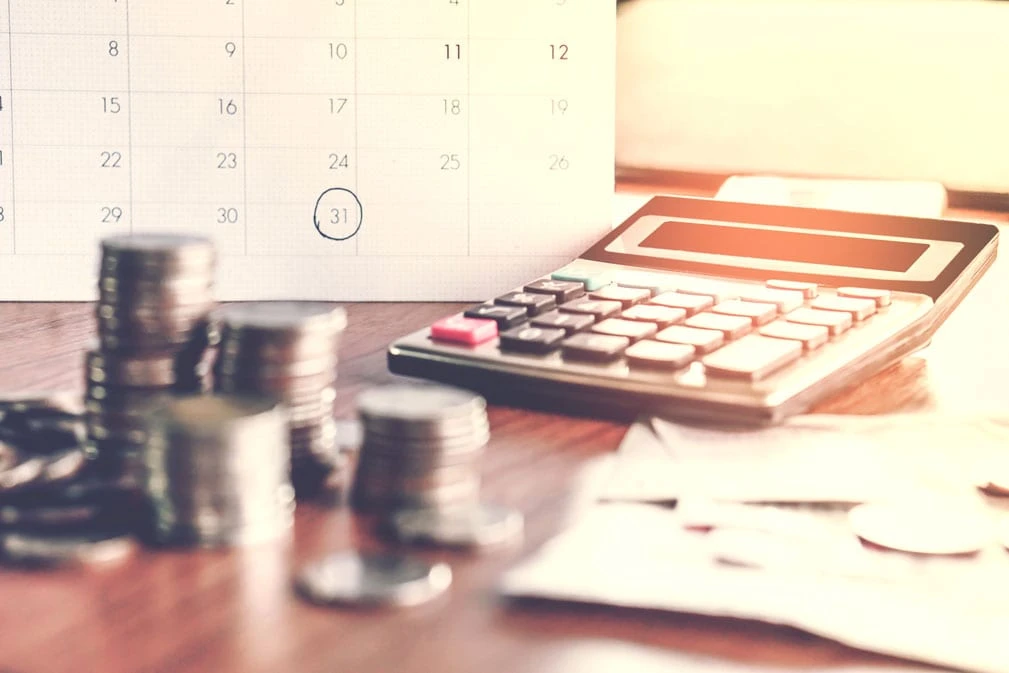When faced with overwhelming debt, the decision to file for bankruptcy can be a daunting one. However, it’s not a one-size-fits-all solution. The United States Bankruptcy Code offers two primary types of consumer bankruptcy: Chapter 7 and Chapter 13.
Understanding the key differences between these two options is crucial in determining which path is best suited for your unique financial situation.
Chapter 7 Bankruptcy: A Fresh Start Through Asset Liquidation
Chapter 7 bankruptcy, also known as a “straight bankruptcy,” is the most common form of bankruptcy filed by individuals. It provides a relatively quick process to discharge most unsecured debts, such as credit card balances, medical bills, and personal loans.
How Chapter 7 Works
When you file for Chapter 7 bankruptcy, a court-appointed trustee will evaluate your assets and income. Any non-exempt assets you own will be sold, with the proceeds used to pay off your creditors.
However, most Chapter 7 filers can keep essential assets like their primary residence, vehicle, household goods, and retirement accounts, thanks to bankruptcy exemptions.
After the liquidation process, most of your remaining unsecured debts will be discharged, providing you with a clean slate to start rebuilding your credit and financial future.
Who Should Consider Chapter 7?
Chapter 7 bankruptcy is typically the best option for individuals with limited income and few valuable assets. It’s an ideal choice for those who:
- Have primarily unsecured debt (credit cards, personal loans, medical bills)
- Have limited disposable income after essential living expenses
- Have few non-exempt assets that could be eligible for liquidation
- Don’t qualify for Chapter 13 due to income limitations
To be eligible for Chapter 7, you must pass the means test, which evaluates your income and expenses to determine if you have the ability to repay a portion of your debts through a Chapter 13 repayment plan.
Chapter 7 Advantages:
- Quick debt discharge (typically within 4-6 months)
- Most unsecured debts are eliminated
- No need to make payments to creditors
- Opportunity for a true financial fresh start
Disadvantages:
- Non-exempt assets may be sold to pay creditors
- Some debts, such as student loans and taxes, are typically not dischargeable

Chapter 13 Bankruptcy: A Debt Repayment Plan
Chapter 13 bankruptcy, also known as a “wage earner’s plan,” is a debt restructuring process designed for individuals with regular income. Instead of liquidating assets, Chapter 13 allows you to reorganize your debts into a manageable repayment plan.
How Chapter 13 Works
When you file for Chapter 13, you’ll propose a repayment plan that outlines how you’ll pay off all or a portion of your debts over a three to five-year period. The plan considers your income, expenses, and the types of debts you owe.
During the repayment period, you’ll make regular payments to a court-appointed trustee, who will distribute the funds to your creditors based on the terms of your plan. Once you successfully complete the plan, any remaining eligible debts will be eligible for discharge.
Who Should Consider Chapter 13?
Chapter 13 bankruptcy is often a better choice for individuals with a steady income and valuable non-exempt assets they wish to keep. It’s an attractive option for those who:
- Have a regular source of income that exceeds the Chapter 7 means test limits
- Want to catch up on missed mortgage or car loan payments to avoid foreclosure or repossession
- Have non-exempt assets they wish to protect from liquidation
- Owe significant debts that are not dischargeable in Chapter 7 (such as certain tax debts or domestic support obligations)
Chapter 13 Advantages:
- Allows you to keep your assets, including your home and vehicles
- Provides an opportunity to catch up on missed mortgage or car payments
- Offers a structured plan to repay debts over an extended period
- Some types of debts that are not dischargeable in Chapter 7 may be eligible for repayment under the plan
Disadvantages:
- Requires a steady income to make regular payments over the repayment period
- Bankruptcy remains on your credit report for up to 7 years
- You must commit all your disposable income to repaying debts during the plan
- Some debts, such as student loans, may not be eligible for full discharge after completing the plan

Making the Right Choice: Factors to Consider
Deciding between Chapter 7 and Chapter 13 bankruptcy depends on your specific financial circumstances, goals, and long-term plans. Here are some key factors to consider:
Income and Disposable Income: If you have limited disposable income after covering essential living expenses, Chapter 7 may be a better fit. Chapter 13 requires consistent income to make monthly plan payments.
Asset Protection: If you have valuable non-exempt assets, such as a home with significant equity or a vehicle, Chapter 13 may be the preferred option to keep those assets.
Delinquent Mortgage or Car Payments: If you’re behind on your mortgage or car loan payments, Chapter 13 allows you to catch up on those arrears and avoid foreclosure or repossession.
Non-Dischargeable Debts: If you have debts that are not dischargeable in Chapter 7, such as certain tax debts or domestic support obligations, Chapter 13 may provide a better opportunity to repay those debts through the repayment plan.
Credit Report Impact: Both types of bankruptcy will impact your credit report, but Chapter 13 may have a slightly less severe impact since you’re repaying a portion of your debts.
Seeking Professional Guidance
The decision to file for bankruptcy is a significant one, and the choice between Chapter 7 and Chapter 13 can have long-lasting implications for your financial future.
It’s essential to seek the guidance of an experienced bankruptcy attorney who can evaluate your unique circumstances and provide personalized advice on the best course of action.
An attorney can also ensure that you understand the eligibility requirements, filing procedures, and potential consequences of each type of bankruptcy. With their expertise, you can make an informed decision that aligns with your goals and sets you on the path toward a fresh financial start.

